► We drive the all-new 2026 Nissan Leaf
► Nissan gets its EV mojo back
► Does it really look like a Pontiac Trans Am from the back?
The Nissan Leaf is a legend in its own lifetime; the godfather of the modern, mainstream electric car. Peculiarly, Nissan has languished behind other rivals in recent years despite the head start that it gained with the original Leaf. This all-new, third-generation model brings impressive aerodynamics, long range, new tech and a more modern, uncompromised attitude towards family electric transport than its predecessors.
At a glance
Pros: Efficiency, vastly improved infotainment, built in the UK
Cons: Nothing exceptional to drive, others have bigger boots
What’s new?
The Leaf sits on a modified version of the CMF-EV platform that sits underneath the Nissan Ariya and Renault Megane. It gets the option of two lithium-ion NMC batteries with usable capacities of 52- or 75kWh, but it says a lot for the Leaf’s impressive aerodynamic and powertrain efficiency that it manages WLTP range of 271- and 375 miles respectively. For some context, the Kia EV3 manages the same 375 mile maximum WLTP range, but it uses a bigger 78kWh battery to achieve it – and the EV3 is already one of the more efficient cars in this class.
So, that teardrop shape, the active aero flaps, the flat underbody, the new permanent magnet electric motors, the liquid cooled battery and clever thermal management, and that ducktail spoiler are definitely working. In fact, talking of the ducktail spoiler… Is there something of the original Honda CRX in that black panel rear end? Or is that really a dash of Pontiac Firebird Trans Am in the new Nissan Leaf? (Now there’s a sentence I never thought I’d write.)
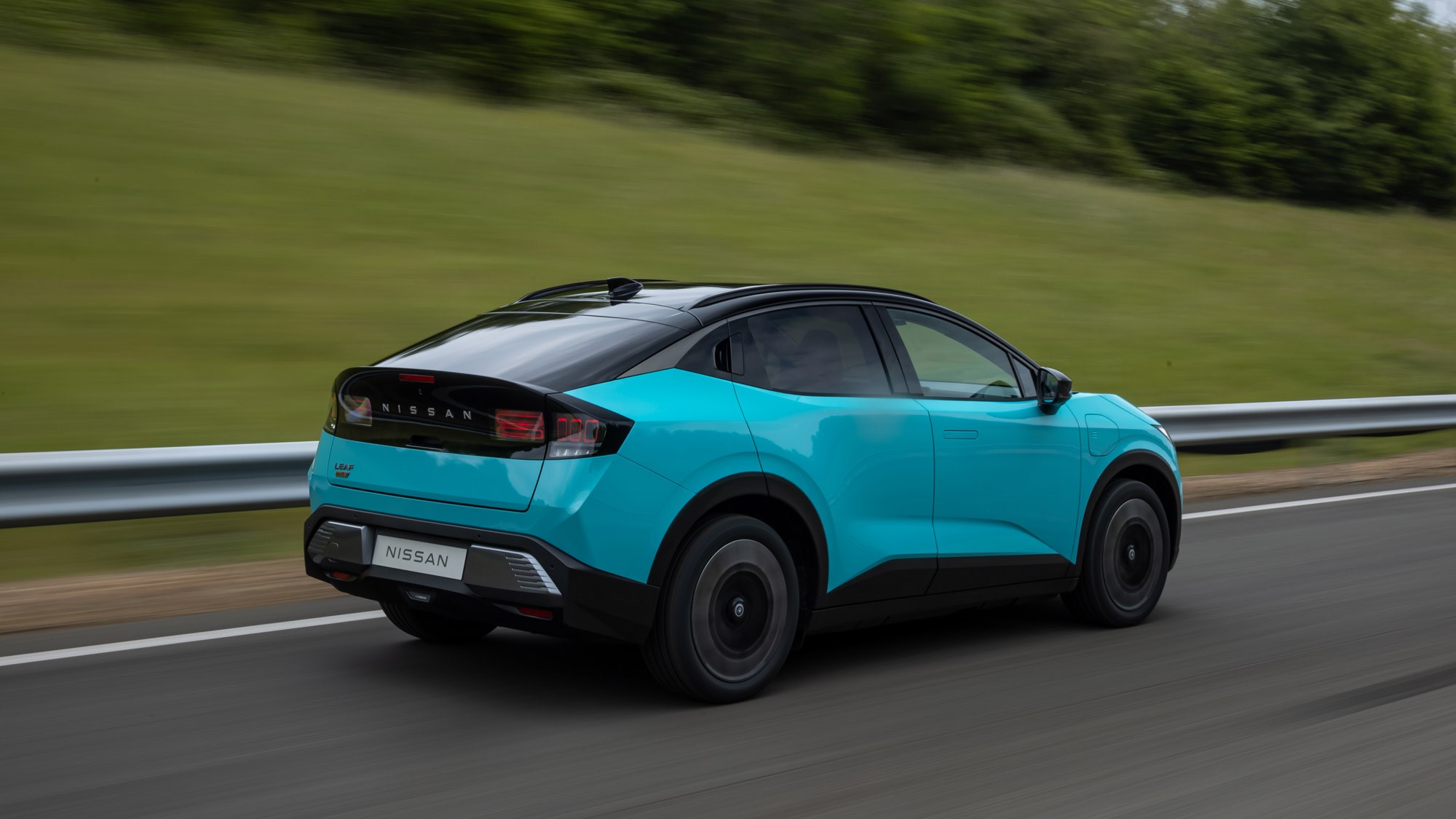
Styling is always a subjective beast but, to these eyes, Nissan has done a good job of making the Leaf look distinct from the many and varied rivals that will compete with this, and while the front is slick but maybe a bit more derivate, the back end is particularly cool. And, crucially, it doesn’t look like a Renault. Everything about it looks and feels like a ‘proper’ Nissan, so don’t worry – this is anything but a rebadged Megane.
What are the specs?
As you’d expect, the new Leaf remains in the family hatchback class – where it’s always been. The difference now is that there’s been such an explosion of family electric cars, ranging from conventional hatches like the VW ID.3 to crossovers like the Citroen e-C4 and Kia EV3, or SUVs like the Skoda Elroq. This is the competition that swamped and overtook the previous generation Leaf. The new one – being a 4.35-metre long, five-door hatchback – must fight its corner much more convincingly.
Unsurprisingly, and quite rightly, outright performance is very much secondary to the efficiency and 0.25Cd aerodynamics of the Leaf. For now, this is a front-wheel drive only car with either 174- or 215bhp depending on which battery you go for; good for 8.6- or 7.6sec respectively. The platform can take four-wheel drive, though, and while Nissan bosses said that there are no plans for now, all-wheel drive could be on the cards in the more distant future.
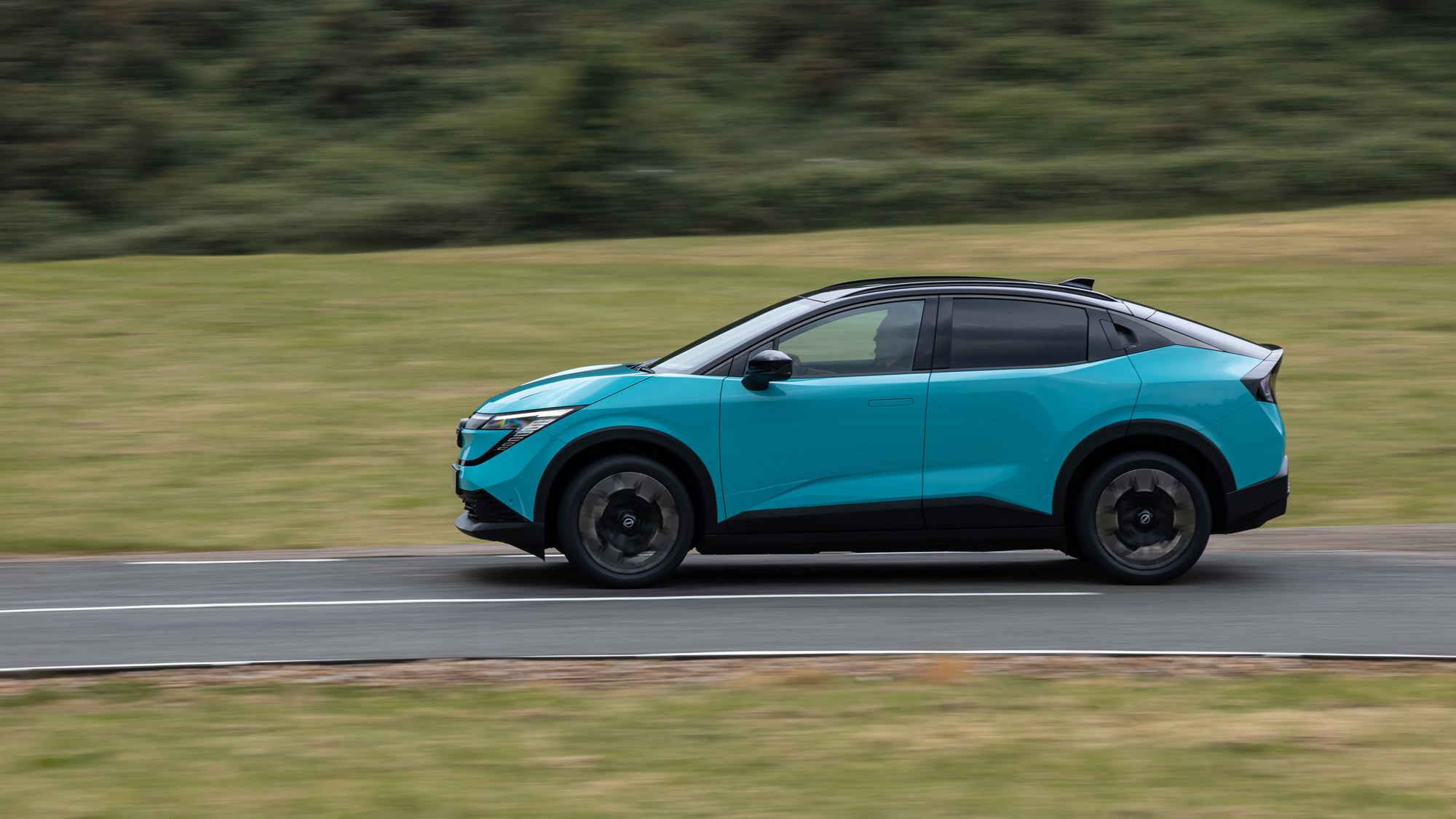
I’ve already mentioned the official range of up to 375 miles. To their credit, Nissan’s execs were open about the fact that WLTP is unhelpfully optimistic, especially at motorway speeds, so for a more real world estimate they’ve told us that the new Leaf will do 211 miles of range at a steady 80mph. Which is rather refreshing info, I think you’ll agree? We need more of this transparency from EV manufacturers, for sure, and it’ll be interesting to see if the Leaf lives up to this claim when we get proper time with it rather than this brief prototype drive.
Charging speeds are up to 150kW, which will (of course) do 10-80% charge in around 30 minutes, which has become something of a default claim from every EV, these days. Again, Nissan has bucked the trend by deciding to give us some actual useful information, and clarifying that the fairly flat charging curve will see the Leaf gain as much as 259 miles of range in 30 minutes. A more useful metric for most drivers, let’s face it, and it’ll be interesting to see if the car lives up to these claims.
How does it drive?
You’re not going to buy a Nissan Leaf for the way it drives. But you will be pleasantly satisfied by the way it turns in keenly, and the nice, oily build of weight to the steering as you feed through corners. Stick it in Sport mode, which is accessed via a physical button on the dash, and it suddenly weights up very noticeably – although it doesn’t actually make the Leaf feel a whole lot more engaging.
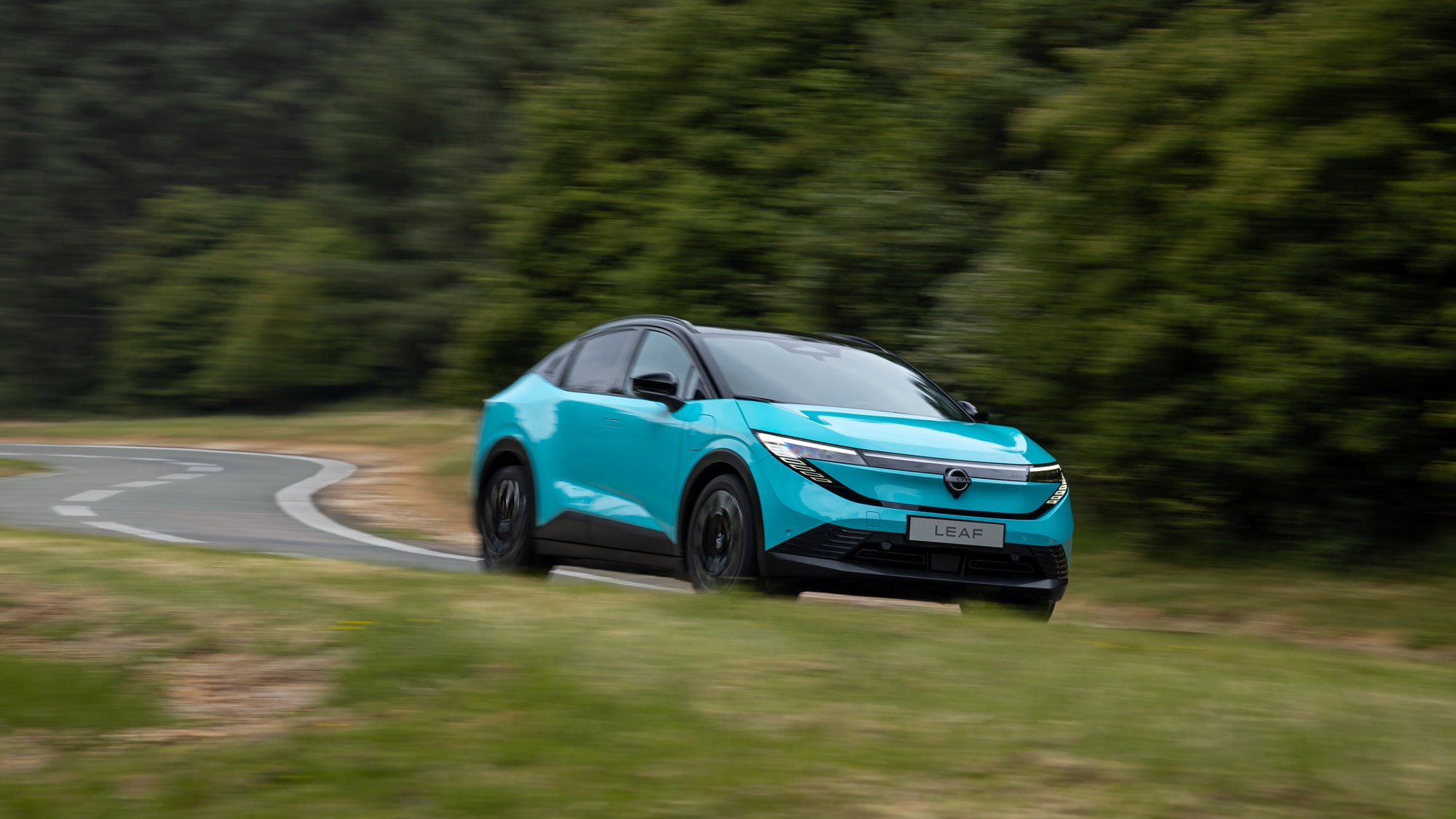
Brake regen’ has four fixed modes that you can control via paddles, ranging from completely off to very heavy, plus the adaptive ‘e-Pedal’ mode for one-pedal driving around town. Regardless of mode, the regen’ eases in nicely as you modulate the throttle and proves predictable and easy to use.
Our 75kWh test car rode on 235/45 R19 Hankook rubber, and being the bigger battery it’s also the heaviest of the Leaf models at 1937kg. You do feel that weight in big direction changes – even though body roll is pretty undramatic and the Macpherson front- and multi-link rear suspension keep the tyres neatly in contact with the road even over mid-corner bumps. Ride comfort is decent, too. You notice more abrupt intrusions, like expansion joints, but the Leaf stays reasonable settled even over coarse road surfaces.
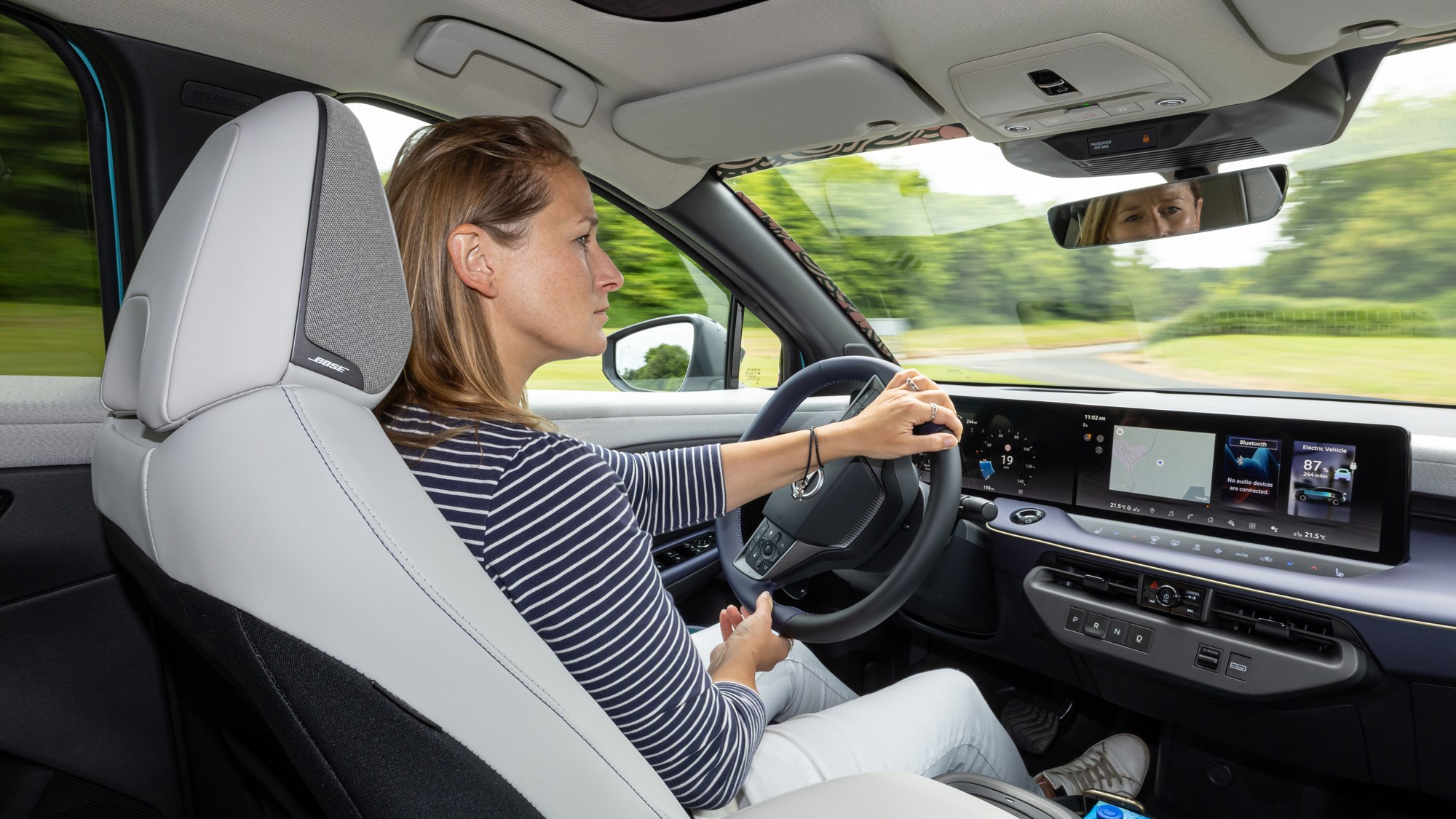
On the evidence of this early prototype drive, the Leaf is no handling thrill. Rather, it’s unflappable and cohesive; a car that you feel instantly at home with. Which is precisely what it needs to be.
What about the interior?
The interior of the Leaf is dominated by twin 14.3-inch screens. It’s got all the features you expect including configurable home page and wireless Apple CarPlay and Android Auto. More than that, the graphics are sharp, the screen is glossy and it all seemed to respond quickly. Built-in Google maps and app services means that the software generally works in a way that we’re all familiar with, too. We haven’t had loads of time with it, but on initial impressions this system feels light years ahead of any previous Nissan system.
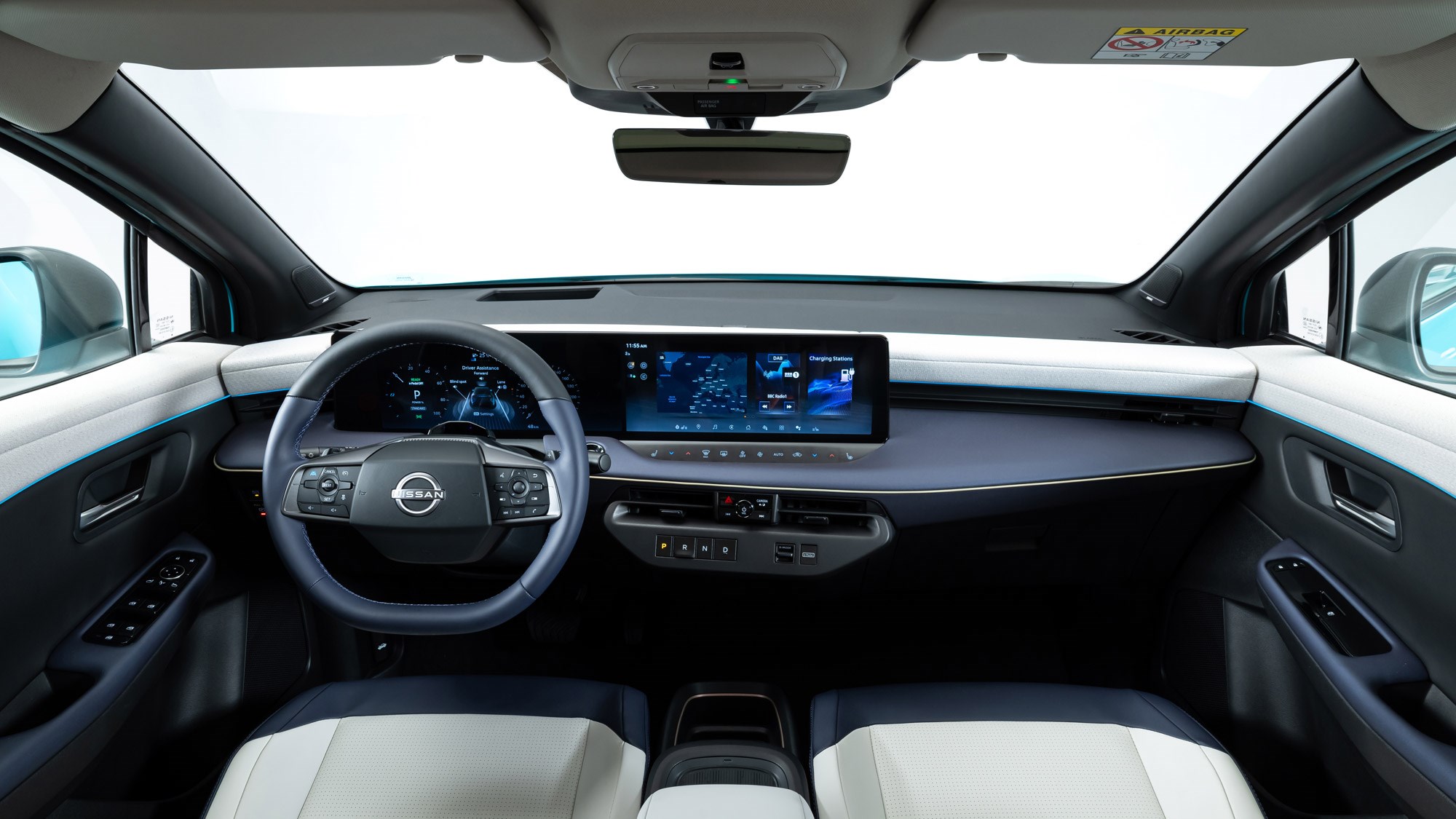
There’s a host of recycled materials about the cabin, including some very nicely textures finishes and a few flourishes of colour. Plus you can even have a massage seat if you want, not to mention a head-up display, and the top two trims will even get the fixed panoramic roof with variable opacity. It even has the LEAF name mirror-written into it so that the shadow it casts reads… well, LEAF. Just in case you forget what you’re driving.
Before you buy
Production starts at the UK’s Sunderland factory at the end of this year, with sales to begin early in 2026. And, even better, the batteries will also be built at Nissan’s AESC battery factory just across the road from the vehicle plant. And yes, when the factory is fully up and running that will include the battery cells themselves; it’s not a glorified assembly plant that’s slotting third-party cells into the pack. You will finally be able to buy a British-built EV with British-built batteries.
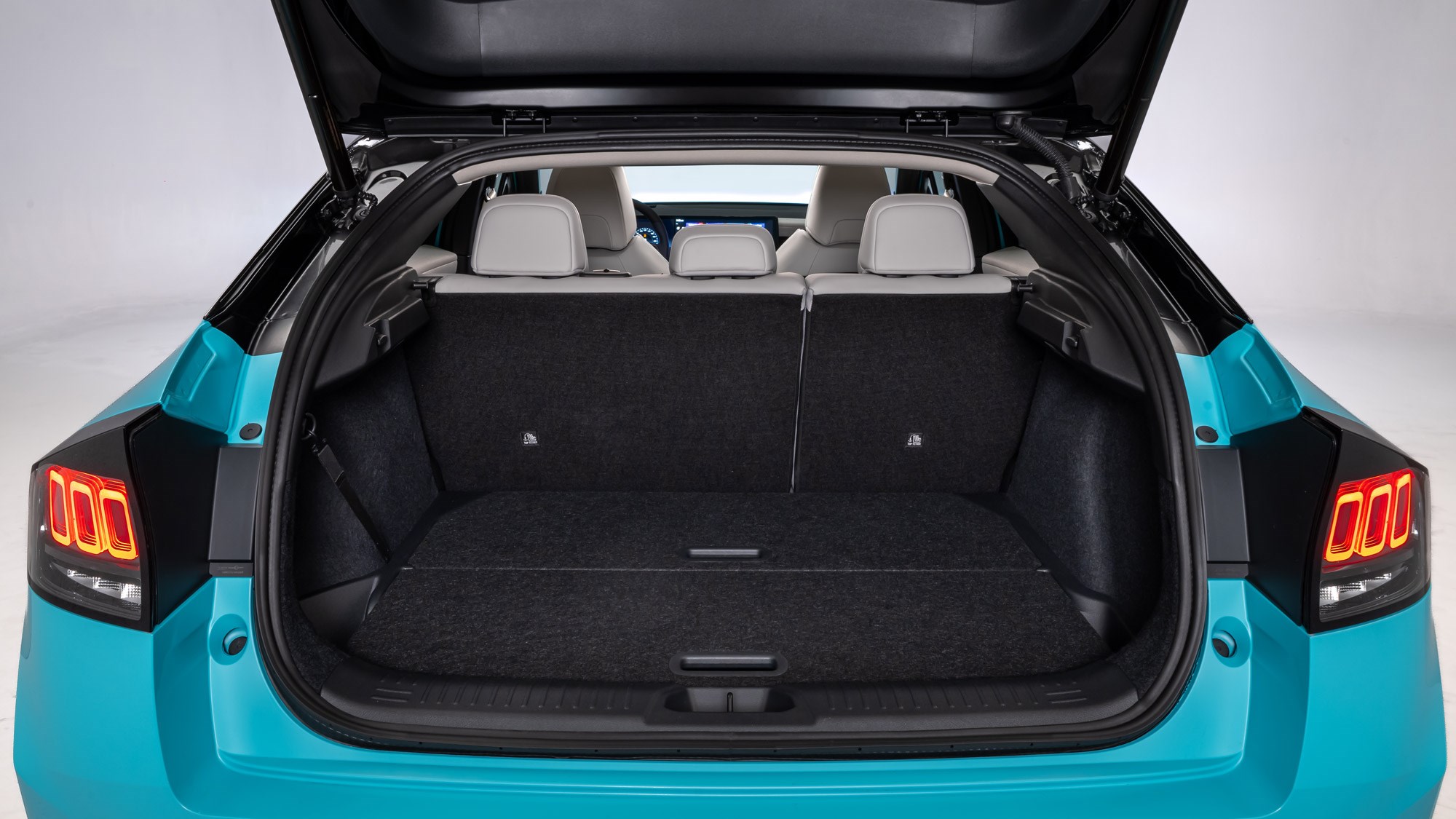
And if that’s not reason for celebration, I don’t know what is. We’ll have to wait until later this year for specifics, but the Leaf will certainly be well equipped, and the top-spec models will have all the luxury trappings as standard. We’d peg prices from around £35,000 for the smaller battery, but the bigger battery model will likely start from much closer to £40,000.
Verdict
My chief emotion, after stepping from a drive in the new Leaf? Relief. Nissan hasn’t had an easy ride of it, in recent years, and that hasn’t been fun to witness. After all, I’ve a lot of love for Nissan. This is a brand that gave us the Mk1 Leaf, the K10 Micra, the R35 Nissan GT-R (and the R34, for that matter), the 200SX, the 350Z… It’s not short of milestones.
And yet, frustratingly, Nissan appeared to lose its way with EVs just at the same moment as everyone else figured it out. Until now, anyway.
The new Nissan Leaf is a complete departure from its predecessor, but in a good way. Not just in the styling, but in the sense of solidity that permeates the cabin and the way it drives, and in the tech that quietly makes this such an efficient and capable car.
It’s no purist’s dream, but it’s stuffed with tech goodness. And it feels like a ‘proper’ Nissan. A thoughtful Nissan. Something that the company has put all of its substantial cleverness, individuality and ability into. And that makes me very happy, indeed.